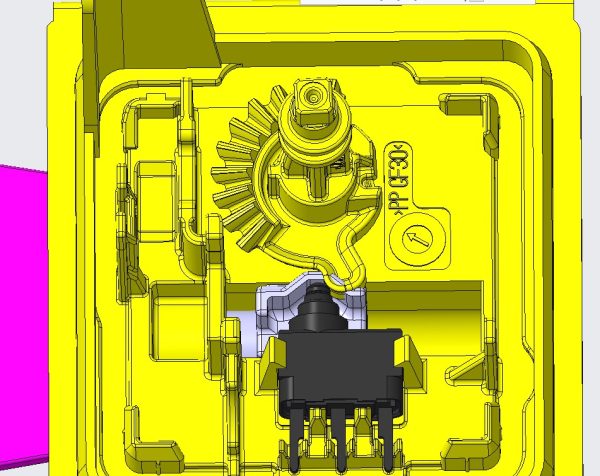The main difference between the normally closed (NC) and normally open (NO) of the micro switch lies in the initial state and the control logic of the circuit:
1 Initial state:
Normal closed type: When no external force is applied, the contacts are in a closed state and the circuit is conductive; after the drive rod is pressed, the contacts are disconnected and the circuit is cut off.
Normal open type: When no external force is applied, the contacts are in a disconnected state and the circuit is not conductive; after the drive rod is pressed, the contacts are closed and the circuit is conductive.
2 Operation logic:
The normally closed type is suitable for scenarios that require default conduction and disconnection when triggered (such as emergency stop), while the normally open type is suitable for scenarios that require default disconnection and conduction when triggered (such as equipment startup).

Detailed analysis
1 Function and circuit design
Normal closed type (NC):
Typical applications: Designs that require fault protection such as emergency stop buttons and safety door switches. If the switch fails, the circuit will automatically disconnect to ensure safety.
Normal open type (NO):
Typical applications: Scenarios that require active activation such as equipment start buttons and status detection triggers. The circuit is only turned on when needed.
2 Terminal identification and wiring method
Multi-pin switches (such as three-pin types) are usually marked with:
COM (common terminal), NC (normally closed), NO (normally open).
Wiring example:
Normally closed function required: connect COM and NC terminals.
Normally open function required: connect COM and NO terminals.
3 Practical differentiation method
Through physical testing: Use a multimeter to measure the contact on-off state:
When not pressed, it is turned on → normally closed type; when not pressed, it is disconnected → normally open type.
Observe the model identification: Some manufacturers mark the type by suffix (such as the number “2” for normally closed), but refer to the specific specification.
Summary
The choice of normally closed or normally open type should be determined according to the circuit default state requirements and trigger logic. Normally closed type provides fail-safe protection, while normally open type is suitable for active control scenarios.
